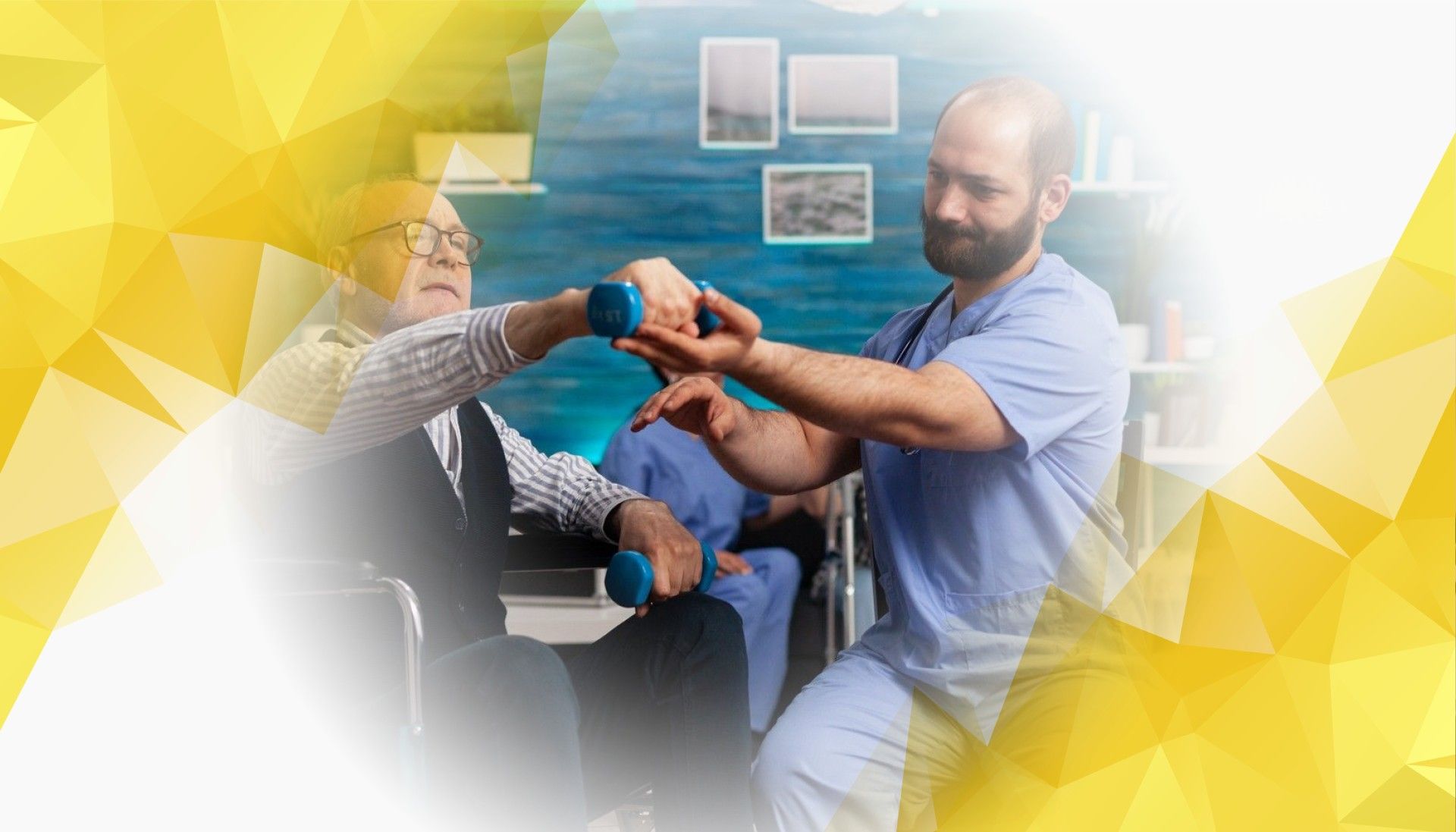Introduction
Healthcare is evolving rapidly, and one of the most promising changes is the rise of personalized treatment—care that adapts to each person’s unique needs and lifestyle. Traditional “one-size-fits-all” treatments don’t always deliver the best results, as no two bodies are exactly alike. Enter MAI Motion: a groundbreaking technology that empowers doctors to design truly customized treatment plans using advanced motion tracking and intelligent data analysis. In this article, we’ll explore why personalized therapy matters, how MAI Motion works, and what it could mean for the future of healthcare.
From Standard Care to Personalized Treatment
For years, medical care relied on standard treatments crafted for the “average” patient. While effective for some, this approach often overlooks the differences between individuals—like how their bodies move or how they respond to therapy. As a result, healthcare is shifting toward more personalized care that adapts to each patient’s unique situation.
MAI Motion is making this shift possible. Using specialized sensors, it tracks a patient’s movement with remarkable detail. Imagine a high-tech version of a fitness tracker, designed specifically for medical use. This motion data, combined with broader health information, gives doctors a clear, real-time snapshot of a patient’s progress. With up-to-the-minute results, treatment plans can adjust on the fly, offering a more responsive approach that keeps patients engaged and speeds up recovery.
Moreover, motion tracking is evolving beyond traditional wearable devices. Thanks to innovations like camera-based, marker-less motion capture , doctors can now get accurate insights into how patients move in their everyday environments—no complicated setups or body markers needed. Such technology makes therapy more natural, accessible, and relevant to daily life.
How MAI Motion Creates Customized Treatment Plans
MAI Motion collects detailed movement data via wearable sensors or cameras as patients go about exercises or routine activities. The system then uses sophisticated algorithms to analyze this data, detecting movement patterns, problem areas, and progress over time.
Recent research shows that a streamlined approach—using just three repetitions of a sit-to-stand test—can yield reliable results while reducing effort for patients. This efficiency allows care teams to create treatment plans that reflect real-world movement , rather than behaviors that only occur in a clinic.
For instance, someone recovering from an injury can use MAI Motion to guide a rehabilitation routine that evolves along with their healing. Exercises automatically adapt, getting easier or more challenging to match real-time progress. This not only prevents re-injury but also keeps patients motivated as they see results. Personalized plans like these have been shown to boost recovery rates and patient satisfaction compared to generic therapy programs.
Introducing new technology does come with challenges—such as maintaining patient privacy and integrating with existing medical systems. However, MAI Motion ’s developers are continuously addressing these concerns, enhancing the platform to be both safe and compatible. The real power of MAI Motion lies in the constant feedback loop it provides, helping healthcare teams make smarter, more timely decisions for each patient.
The Future of Personalized Care with MAI Motion
Looking ahead, the potential of MAI Motion is only set to grow. As artificial intelligence and machine learning advance, the technology will be able to predict patient needs with greater accuracy and refine treatments even more precisely. This means doctors can intervene earlier and guide care more effectively than ever before.
MAI Motion also shows great promise for telehealth —bringing personalized therapy to patients at home, even those living far from clinics or hospitals. This boosts access to high-quality care for everyone, including people in rural or underserved areas. Digital health solutions like MAI Motion not only improve individual health outcomes but can also lower overall healthcare costs by preventing complications and avoiding unnecessary hospital visits.
As healthcare continues to modernize, technologies like MAI Motion are poised to play a central role in making customized, patient-centered care the new normal.
Conclusion
MAI Motion is transforming healthcare by turning detailed movement data into individualized therapy plans that adjust in real time. By focusing on each patient’s progress and specific needs, it helps speed recovery, improve results, and increase satisfaction. As digital health technologies develop, tools like MAI Motion will become essential for providers committed to offering smarter, more effective, and truly personalized care . Embracing these innovations is key to making personalized medicine the standard—delivering better, individualized care to everyone.
References
Armstrong, K., Zhang, L., Wen, Y., Willmott, A. P., Lee, P., & Ye, X. (2024). A marker-less human motion analysis system for motion-based biomarker identification and quantification in knee disorders. Frontiers in Digital Health. https://doi.org/10.3389/fdgth.2024.1324511
Wen, Y., Verma, T., Whitehead, J. P., & Lee, P. (2025). Empirical validation of a streamlined three-repetition sit-to-stand protocol using MAI Motion. Applied Sciences, 15(10), Article 5688. https://doi.org/10.3390/app15105688

